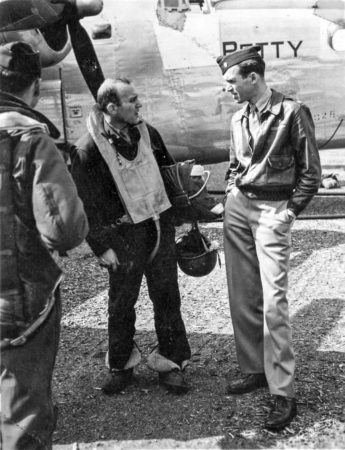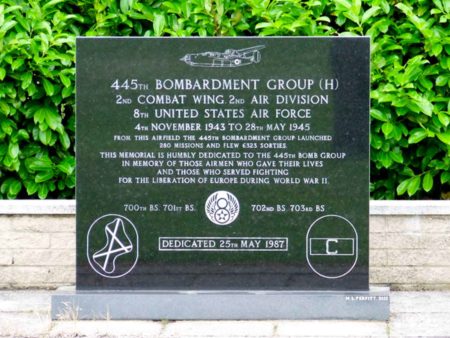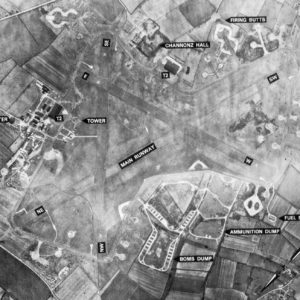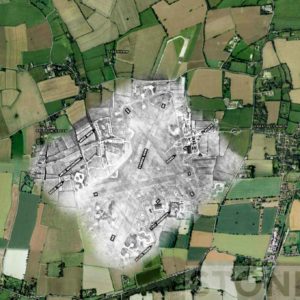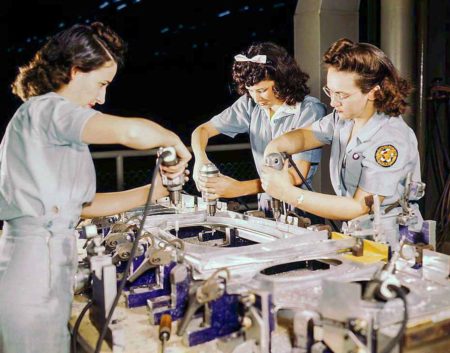I grew up in the Netherlands during the 1960s when Queen Juliana was the reigning monarch of The Kingdom of the Netherlands. (Commonly referred to in English as “The Netherlands,” or “Holland.”) She was the daughter of the former queen, Wilhelmina, who abdicated in 1948 for health reasons. I can vaguely remember my parents and others talking about the former queen and some of her perceived eccentricities. Other than that slight exposure to her, I have only followed the Dutch royal family since Queen Juliana and her daughter, Beatrix.
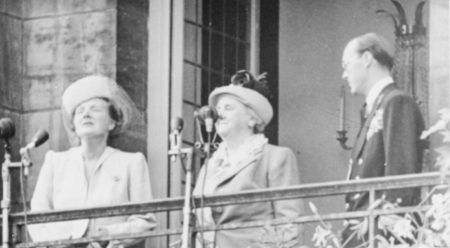
Fast forward to 2020 when I got my hands on Robert Matzen’s book, Dutch Girl (see below in the recommended reading section). I really enjoyed his book on Jimmy Stewart (Mission: Jimmy Stewart and the Fight for Europe) so I thought I’d take a chance on reading about one of my favorite actors, Audrey Hepburn. One of the things I learned was the role Queen Wilhelmina played during World War II and how much Hitler hated her and the royal family. He despised them so much that orders were given to round up anyone who were friends, cronies, or political friends of Wilhelmina and her family and hold them as hostages for possible execution in retaliation for attacks on German soldiers. This is where Audrey Hepburn comes into our story. Oh, I also learned the one secret Audrey tried to hide for her entire life. Read More Audrey Hepburn & Queen Wilhelmina

